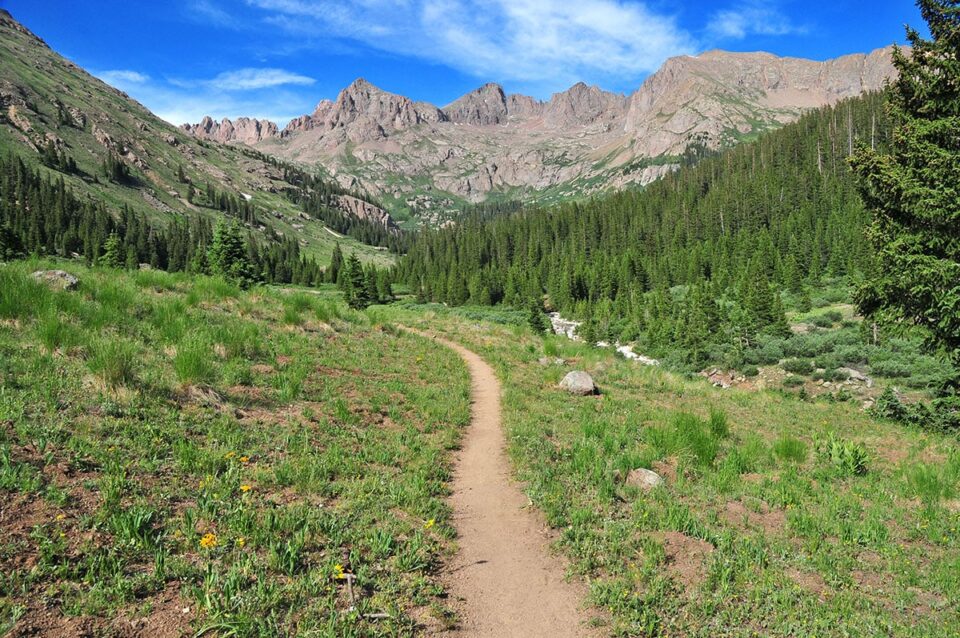National parks are like nature’s playgrounds, offering us breathtaking landscapes, diverse ecosystems, and a chance to reconnect with the great outdoors. Whether you’re an avid hiker, a wildlife enthusiast, or simply someone who appreciates the beauty of nature, visiting national parks can be an unforgettable experience. However, as we venture into these pristine environments, it’s crucial to remember the importance of preserving them for future generations. This is where Leave No Trace principles come into play.
What are Leave No Trace Principles?
Leave No Trace (LNT) is a set of outdoor ethics designed to minimize our impact on the environment while enjoying outdoor activities. The principles were developed to promote responsible recreation and conservation practices, ensuring that our presence in natural areas does not harm the delicate ecosystems that exist within them.
Principle 1: Plan Ahead and Prepare
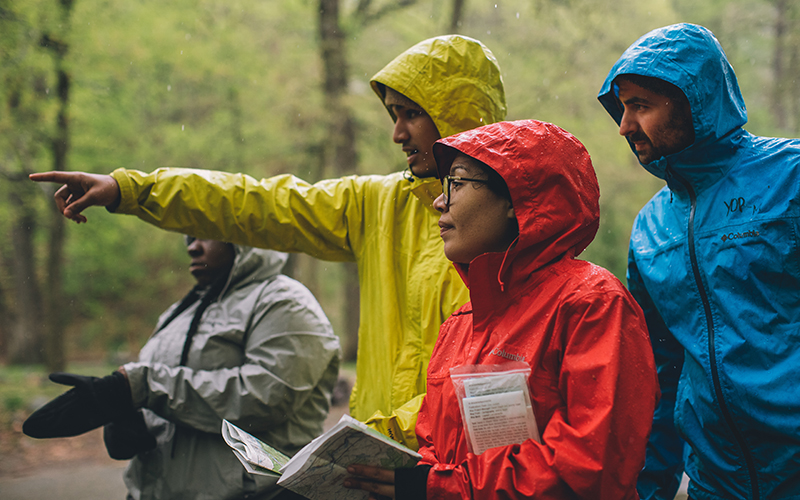
Before embarking on your national park adventure, take the time to research the area you’ll be visiting. Familiarize yourself with the park’s rules and regulations, as well as any specific guidelines for minimizing impact. Plan your route, pack appropriate gear, and anticipate any challenges you may encounter along the way. By preparing adequately, you’ll be better equipped to enjoy your experience while minimizing your impact on the environment.
Principle 2: Travel and Camp on Durable Surfaces
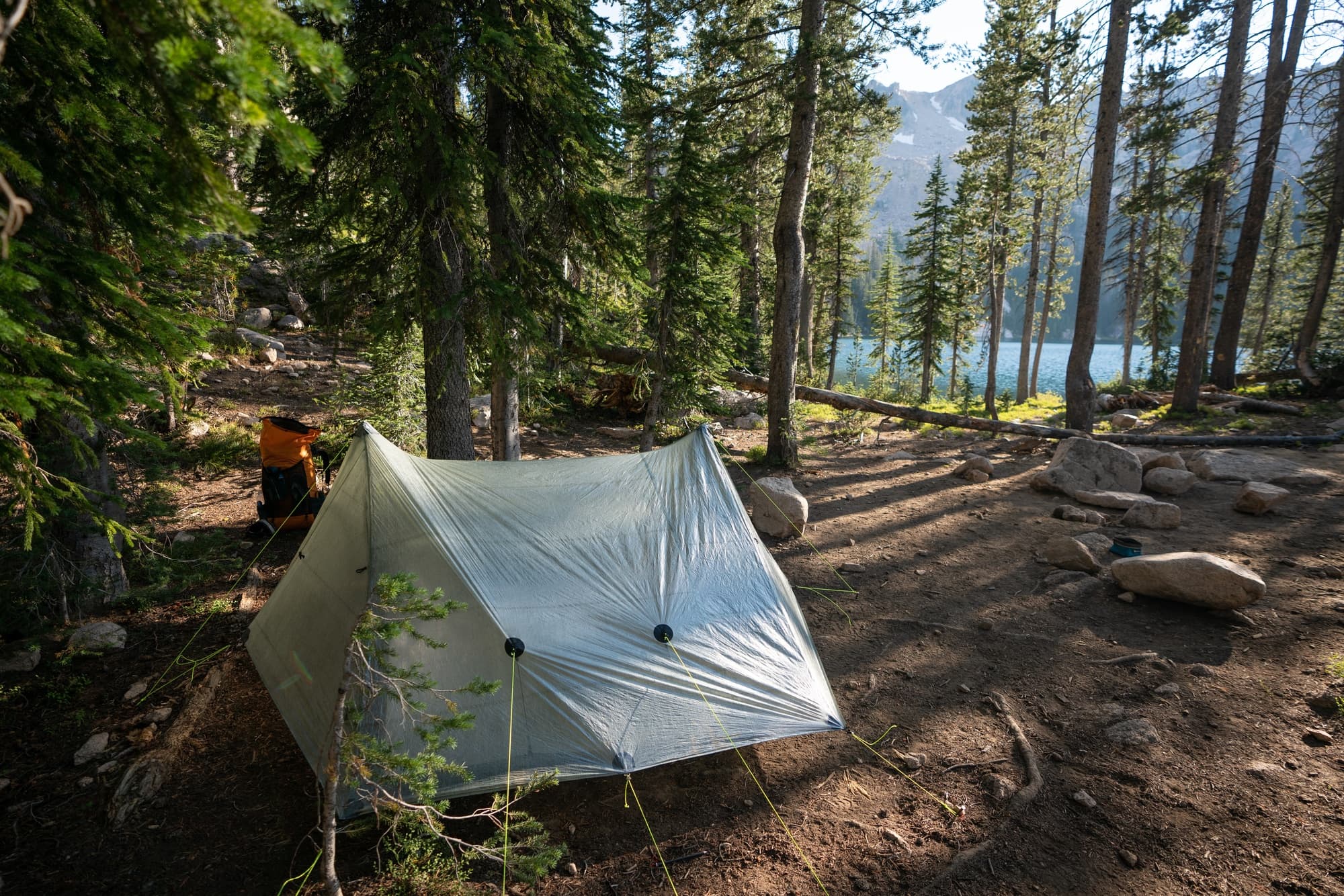
When exploring national parks, stick to designated trails and campsites whenever possible. Trampling off-trail can damage fragile vegetation and disturb wildlife habitats. Stay on established paths to minimize erosion and preserve the natural landscape. If you’re camping overnight, choose a durable surface such as gravel or bare soil, and avoid setting up camp in sensitive or protected areas.
Principle 3: Dispose of Waste Properly
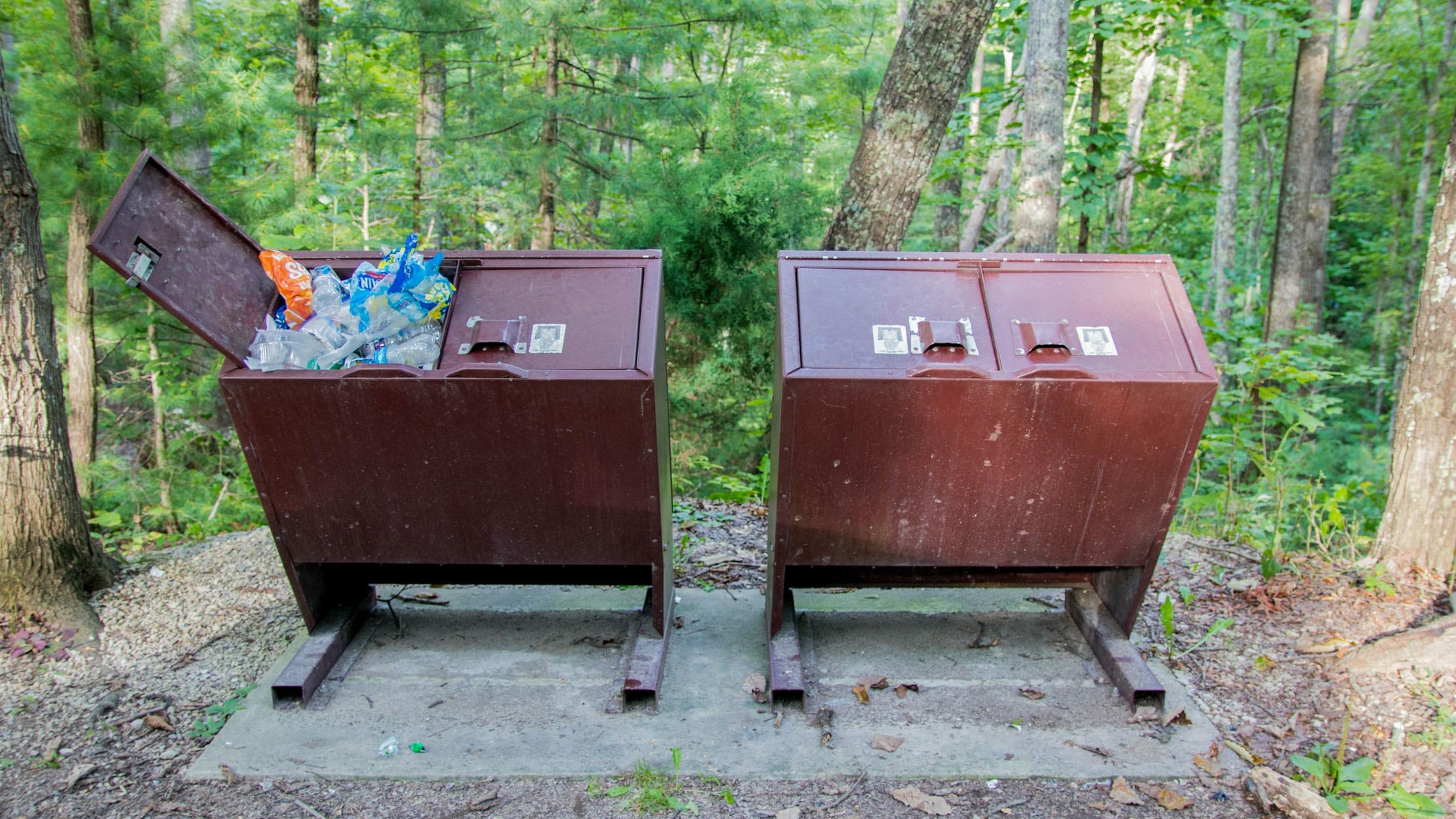
One of the most important aspects of Leave No Trace is proper waste disposal. Always pack out what you pack in, including food wrappers, trash, and even biodegradable items like fruit peels. Bring along a trash bag or container to collect your waste, and be sure to dispose of it responsibly when you return to civilization. Practice Leave No Trace principles not only in national parks but wherever you explore the great outdoors.
Principle 4: Leave What You Find
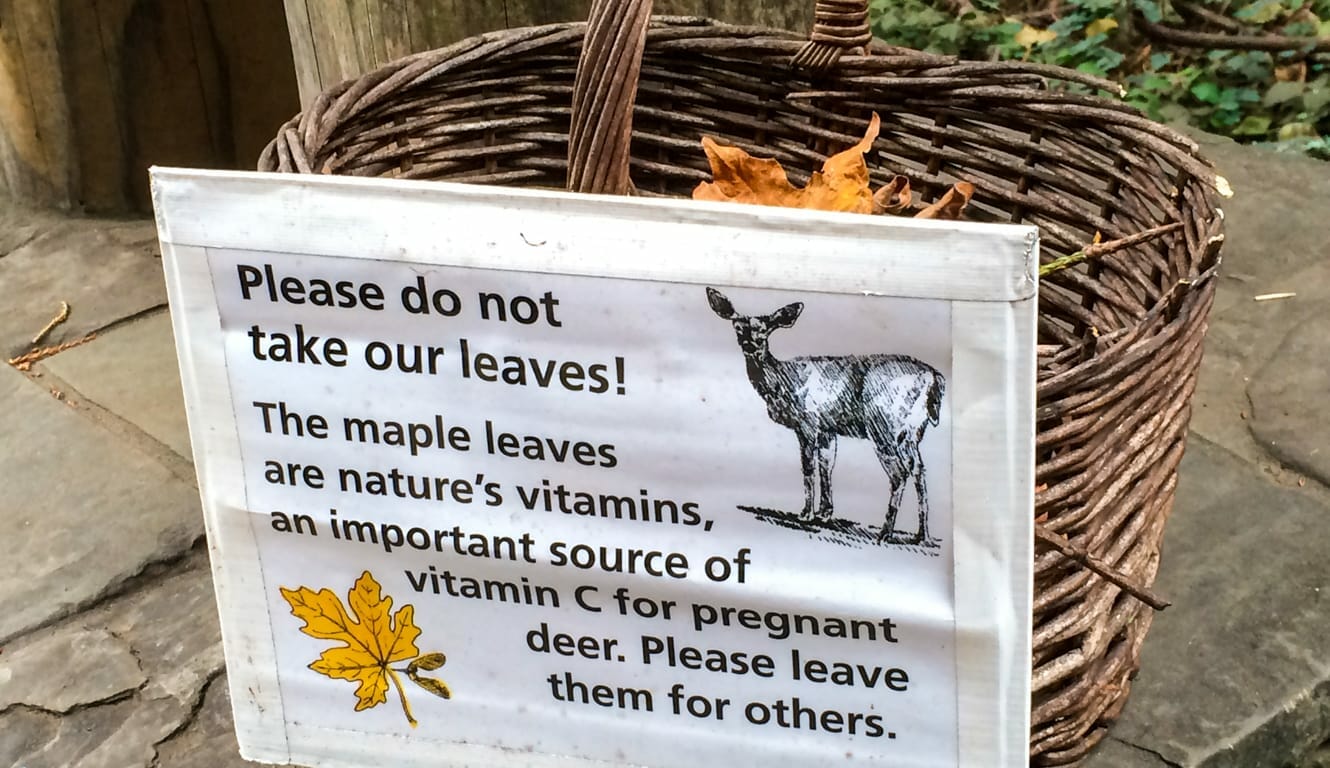
While it may be tempting to take home a souvenir from your national park adventure, it’s essential to leave natural and cultural artifacts untouched. Resist the urge to collect rocks, plants, or other items, as doing so can disrupt the ecosystem and deprive future visitors of the same experience. Take only photographs and memories, leaving the landscape as you found it for others to enjoy.
Principle 5: Minimize Campfire Impacts

Campfires can be a highlight of any outdoor excursion, but they also have the potential to cause significant harm if not managed properly. When building a campfire, use existing fire rings whenever possible, and keep the fire small to minimize its impact on the surrounding area. Always adhere to any fire restrictions or regulations in place, and be sure to fully extinguish the fire before leaving your campsite.
Principle 6: Respect Wildlife
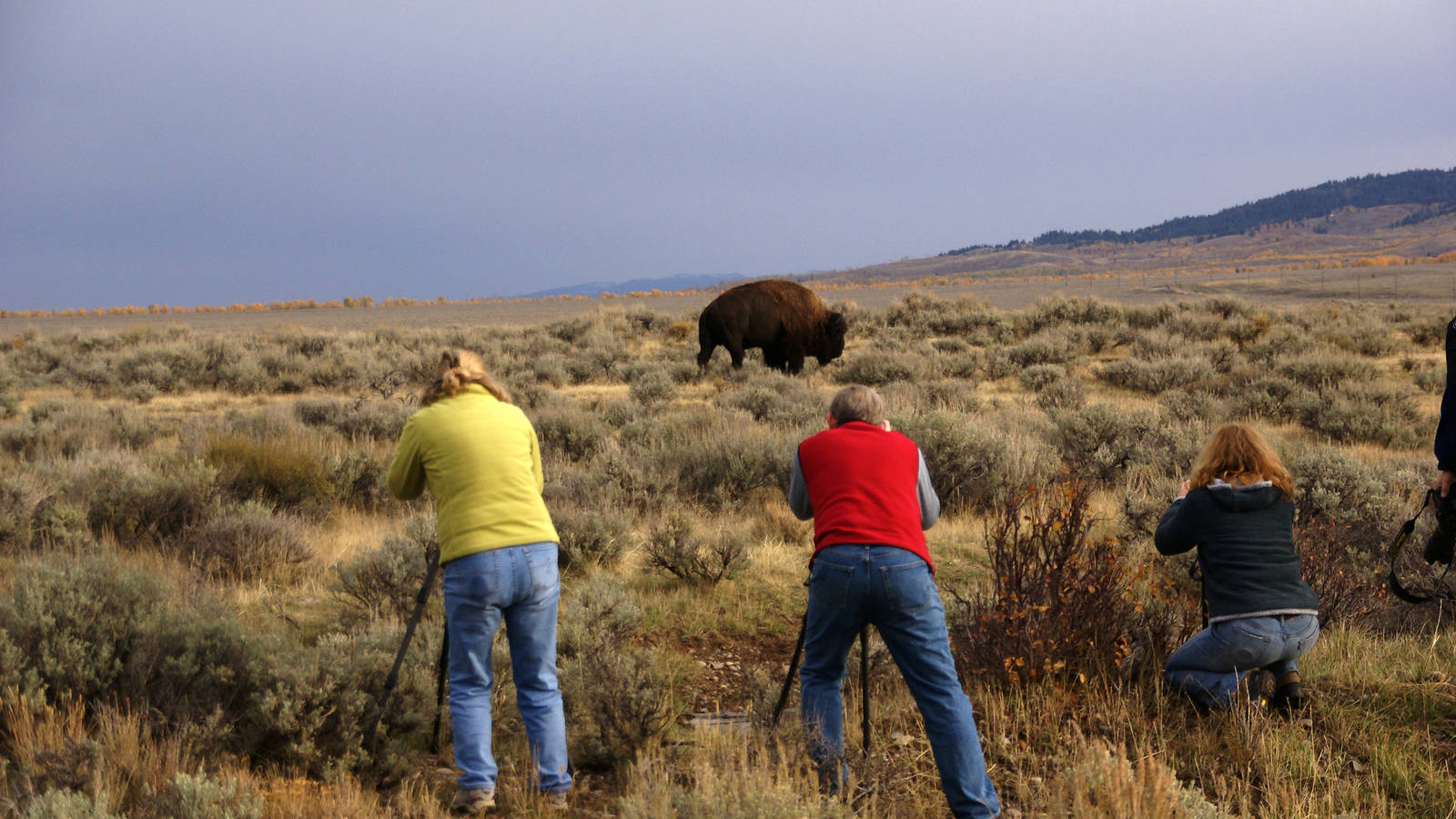
One of the most rewarding aspects of visiting national parks is the opportunity to observe wildlife in their natural habitats. However, it’s essential to maintain a respectful distance and avoid disturbing or feeding the animals. Keep wildlife wild by refraining from approaching or attempting to interact with them. Remember, we are guests in their home, and it’s our responsibility to minimize our impact on their environment.
Principle 7: Be Considerate of Other Visitors
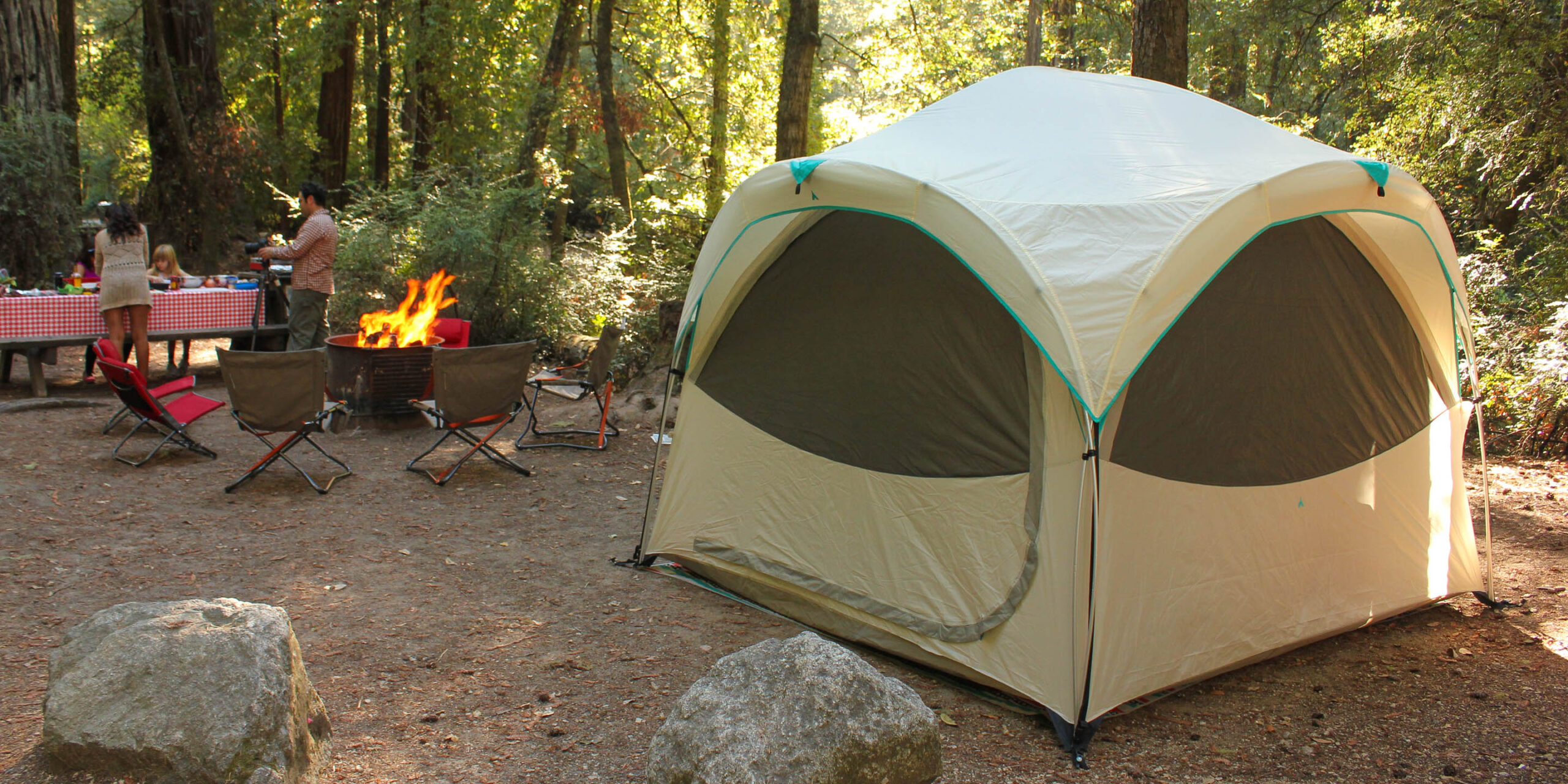
Finally, practicing Leave No Trace means being considerate of other visitors and respecting their outdoor experience. Keep noise levels to a minimum, yield to other hikers on the trail, and be mindful of the impact your actions may have on those around you. By fostering a spirit of camaraderie and mutual respect, we can all enjoy the beauty of national parks while preserving them for future generations to enjoy.
Conclusion
Exploring national parks is a privilege that comes with a responsibility to protect and preserve these natural wonders. By adhering to Leave No Trace principles, we can minimize our impact on the environment while enjoying all that these incredible landscapes have to offer. Whether you’re hiking through towering forests, marveling at majestic waterfalls, or camping under the stars, remember to leave only footprints and take only memories. Together, we can ensure that national parks remain pristine and accessible for generations to come. Happy exploring!

